Kia Concord
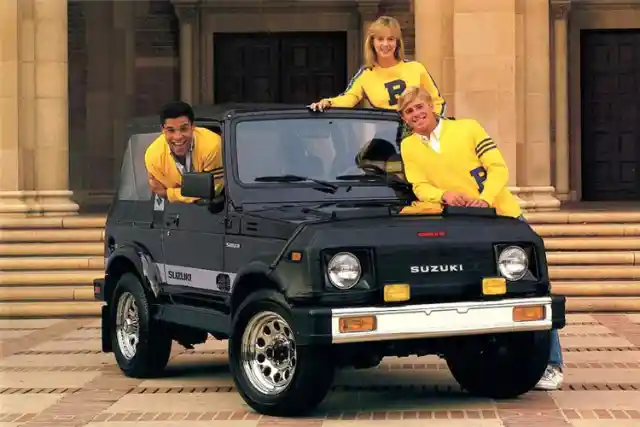
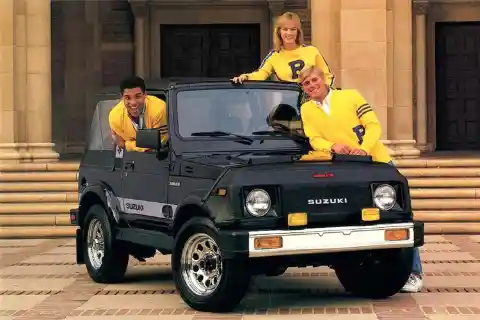
The 80s is a decade that is ripe with iconic fashion, makeup, hair, and stylistic choices that inspire a love/hate relationship for many of us. A lot of us fell victim to trends like sky-high bangs, neon sweats, and leg warmers over jeans.
Along with questionable fashion choices came questionable choices in cars as well. Many distinctive 80s cars were poorly designed, downright ugly, or an unfortunate blend of both. No matter what you had for your high school ride, there’s no arguing that some of these cars are better left in the past…
Maserati Biturbo
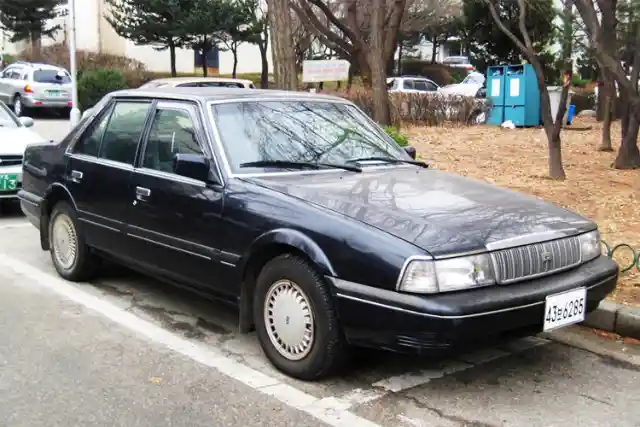
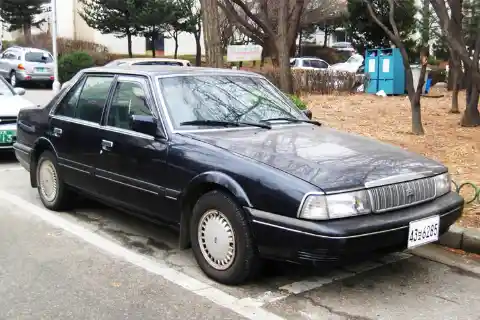
The Kia Concord was a four-door sedan produced by the South Korean division of Kia in the late 80s. Deficiencies in design and performance were quickly revealed, and the model went back to the drawing board for revision.
This first Kia design from abroad wasn’t given the care and attention that it needed to last longer than a few brief years. In fact, it was made so inexpensively that it literally fell apart as drivers report needing to replace parts too frequently.
Buick Skylark
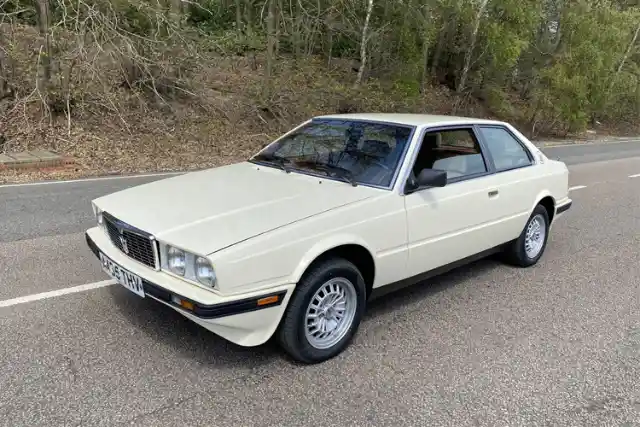
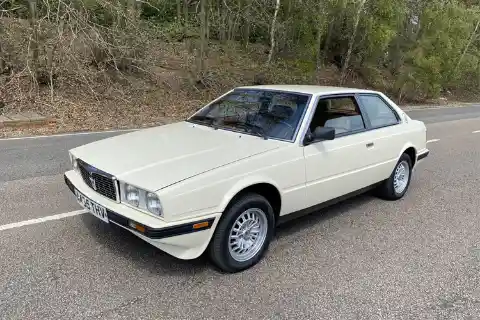
Maserati Biturbo is a collection of impressive grand touring vehicles produced by Maserati between 1981 and 1994. The car’s design was downright flimsy, giving little room for the powerful Biturbo engines that each housed.
Owners of the Maserati Biturbo reported that this car could sustain only brief periods of speed before giving out. Other unfortunate souls let the manufacturer know that their engine blew up completely, leaving them without a luxury ride.
Skoda Estelle

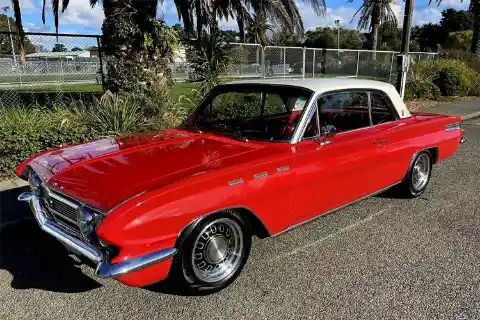
Buick has had a long and solid reputation for building quality cars, but somehow their attempts to blend fast and luxurious fell short. It left buyers seeking comfort and speed largely dissatisfied with this modest, frumpy sedan.
The Buick Skylark was released in the early 80s as an attempt to help Buick appeal to younger, more “hip” buyers. Now all that’s left of this dud are those we see being driven by sweet old ladies on their grocery runs.
Plymouth Caravelle
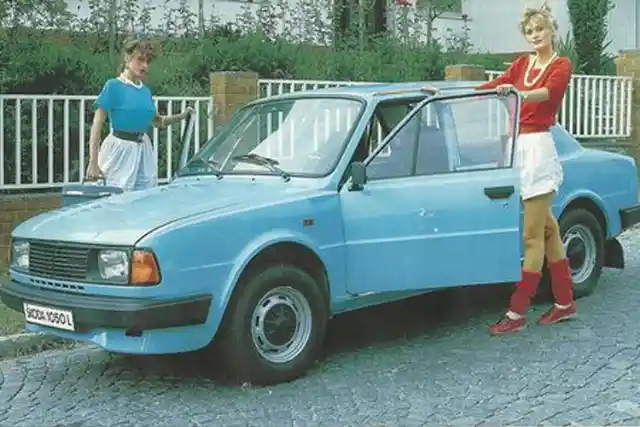

The Skoda Estelle is a variation of a rear-wheel drive family car produced by AZNP in Czechoslovakia. Even with a revised design and engine upgrades, the models fell flat when introduced to the market.
Skoda producers were merely responding to national economic crises and government pressure to make cheap cars that would run long enough to appease a frugal public. Those who did purchase were disappointed in both design and performance.
Ford Granada
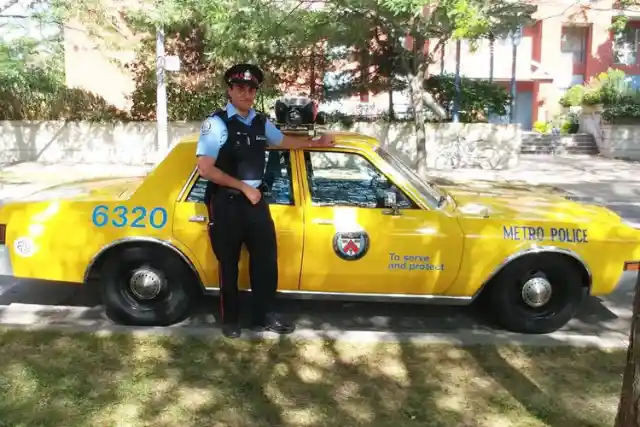
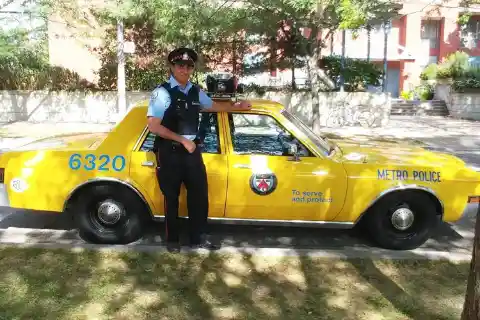
Plymouth Caravelle was supposed to appeal to all types of drivers young and old. The name of the vehicle was inspired by the word Caravel, a 15th-century Portuguese sailing ship noted for both speed and agility.
Apparently, the name of the Caravelle is the only thing the car has going for it. Drivers had so many options for cars with similar designs and appearances that the Caravelle couldn’t distinguish itself from the rest of the crowd.
Hyundai Excel
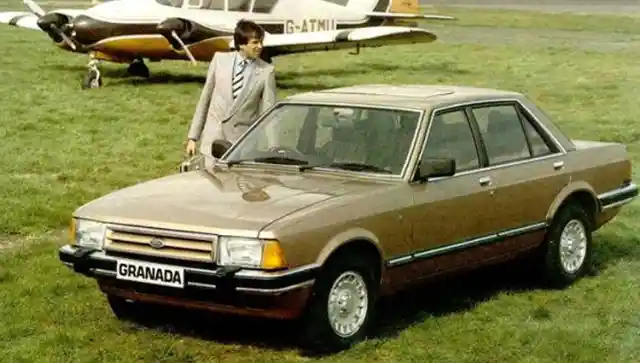
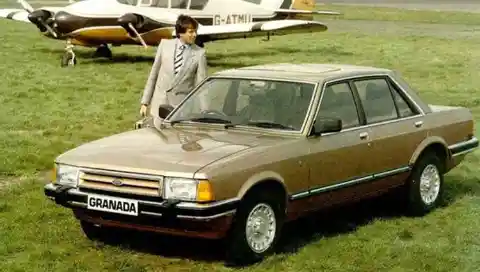
The North American version of the Ford Granada was marketed by Ford from 1975-1982. Developed as a successor for the Maverick, the model was marketed as a luxury compact vehicle with a sleek design and a smooth ride.
The Granada was hot and fast coming off the production line, but it fizzled quickly. Producers responded to waning demand and customer dissatisfaction by offering many design improvements, but they weren’t effective at keeping a satisfied clientele.
Cadillac Allante
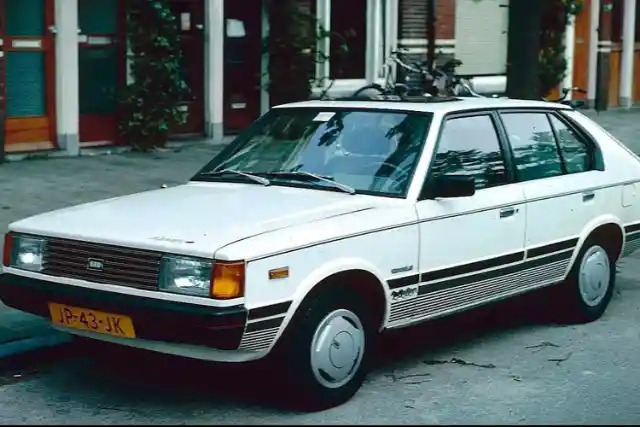
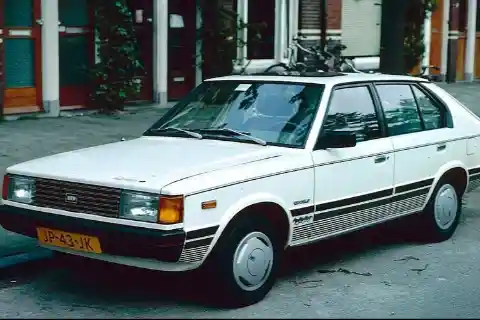
The Hyundai Excel, otherwise known as the “Pony”, was produced from the mid-80s through 2000. Available with manual or automatic transmission, this mid-sized moderate was intended to provide a fun driving experience without breaking the bank.
Hyundai promises superior performance with its plethora of design options, but it fails to deliver. In order to make these cars affordable, Hyundai execs cut corners to get them off the production line which ended up costing owners more than they bargained for in repairs.
Vantagefield Range Rover Hunter
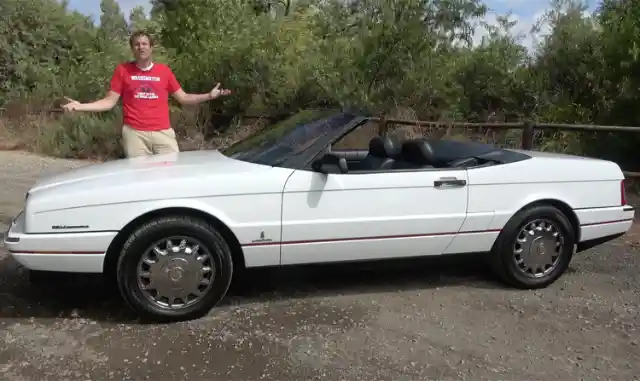
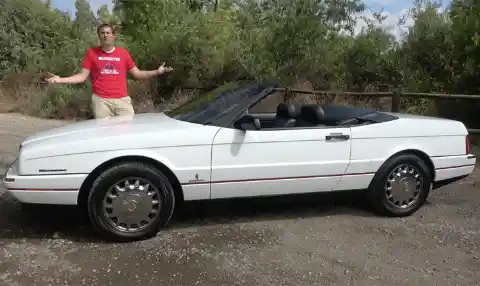
The Cadillac Allante was a bit more expensive to produce than planners intended, but they were hopeful that its introduction to the market would compensate for excessive design features and lackluster performance.
Once thought to be a competitor to the SL Class of Mercedes, the Allante couldn’t find the unique niche that made it superior to all other automobiles. With less power and pizzazz than its Mercedes counterpart, it fell flat soon after hitting the market.
The Vantagefield Range Rover Hunter has to be one of the craziest vehicles ever to grace this decade. The company was founded by Graham Chalkley and David Linder in the early eighties, with their offering being customer-designed cars.
As you can imagine, the concepts that various customers came up with were anything but conventional. This eclectic blend of Range Rover, Mercedes, and military pickup left us wondering if Frankenstein would be driving.
Maserati Karif
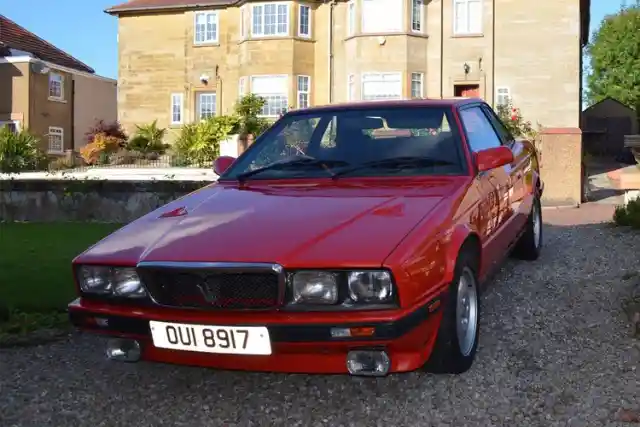
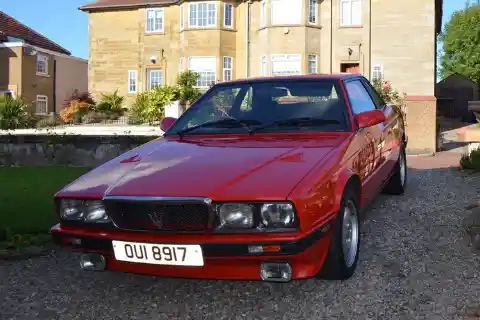
The Maserati Karif attempted to rest on the laurels of the infamous Maserati car design, but somehow this less-than-sporty sportscar missed the mark. A limited run of 250 produced yielded a dismal 221 sales. Ouch, Maserati.
Just because a car has a luxury nametag and a designer logo does not mean you’ll sell. The body shape and design were nothing special, and serious competition within its own sports car logo meant that this car was doomed from the beginning.
Subaru Justy
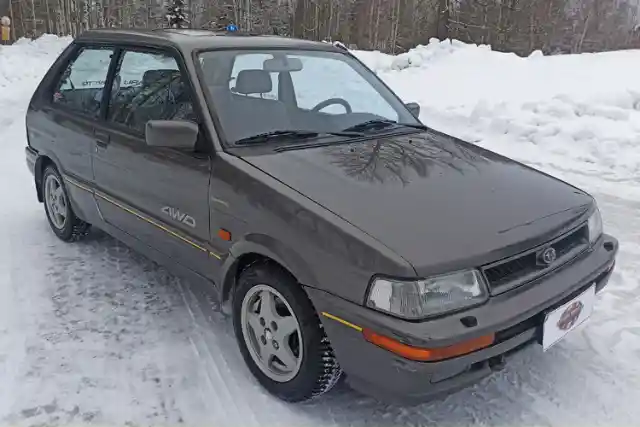

The Justy was a jaunty little hatchback that has been sold by Japanese car giant Subaru since 1984. They gave it a good run for nearly ten years, finally waving the white flag as the unpopular car went back to the drawing board for design.
With no power, no distinguishing features, and no interesting attributes, the Subaru Justy could be confused with a plethora of cars looking just like it. People at the time were looking for cargo room and enough acceleration to dominate anything other than flat terrain.
Oldsmobile Omega
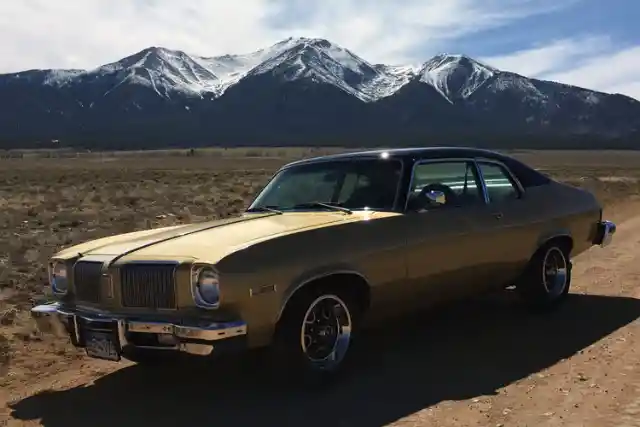
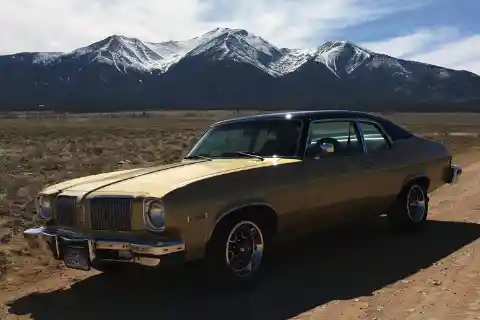
Oldsmobile Omega was marketed as a compact car, yet it somehow took on the shape and size of ninety-nine percent of the other cars on eighties roads. One of the manufacturer’s most affordable cars, it failed to deliver on style and performance.
Oldsmobile was grasping at straws in this decade, and the Omega was yet another in a long line of poor choices that didn’t pan out. With back-to-back government-mandated recalls, many owners covered them in storage and waited to use them for parts.
Lada Riva
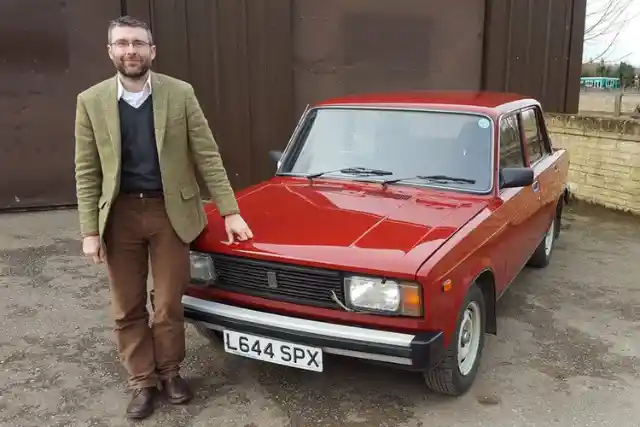

The Lada Riva may have been a hit in Europe, but American versions of this Russian car were less than popular abroad. Built to emulate the original Fiat 124 platform, it was one of the first cars to offer sedan and wagon options.
Anyone who wants to keep up with market demand knows that they need to make changes to design from time to time. The final nail in the Lada coffin was that its current model is nearly identical to the 1950s prototype that first rolled off the conveyor belt.
Ford Tempo
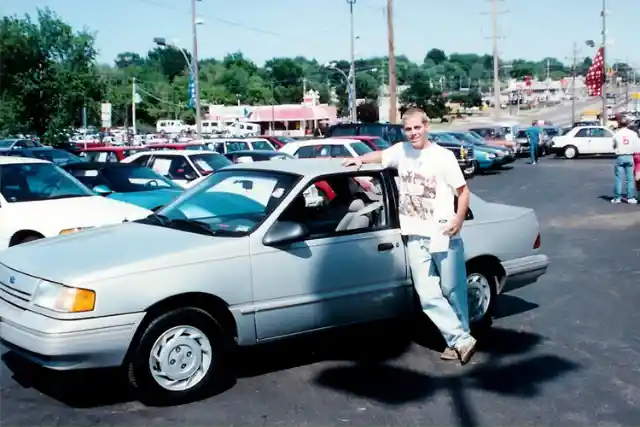

Like other “iconic” 80s cars, the Ford Tempo embraced an unsightly, boxy dynamic that didn’t do anything for gas mileage or fuel efficiency. This was Ford’s half-hearted attempt at making a direct competitor to Chevrolet’s Cavalier.
The problem with this rivalry is that Chevy wasn’t playing the game; there was no need to design an additional Ford model with such lackluster attributes. Along with an uncanny ability to break down in the most obscure places, this car just wasn’t attractive.
Pontiac Trans Am Turbo
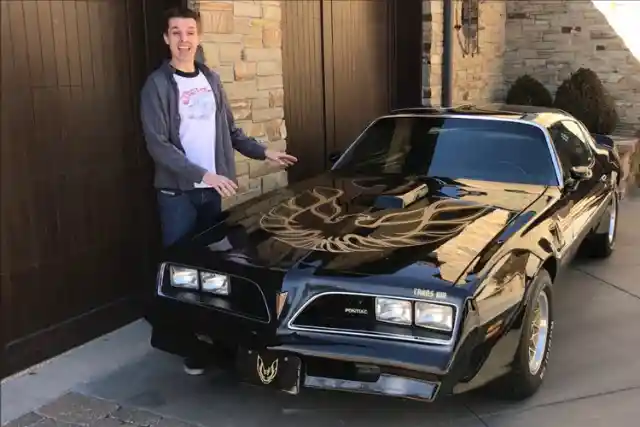
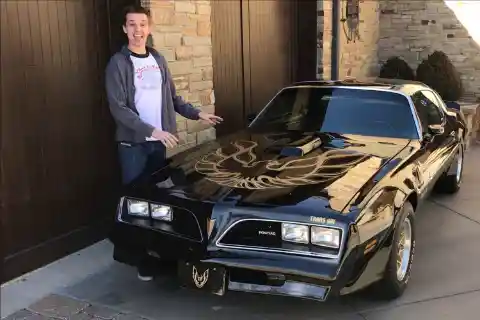
You’d think that anything with “turbo” in the name would at least offer high performance, right? Sorry, folks, the Trans Am was a dismal disappointment for those who wanted a zippy and stylish ride to carry them from the office to the weekend and beyond.
It might have looked great, but the weak performance in both speed and fuel efficiency made this car nothing more than temporary eye candy. Dilapidated versions are a dime a dozen in the garages of many former Miami Vice fans.
Renault Fuego
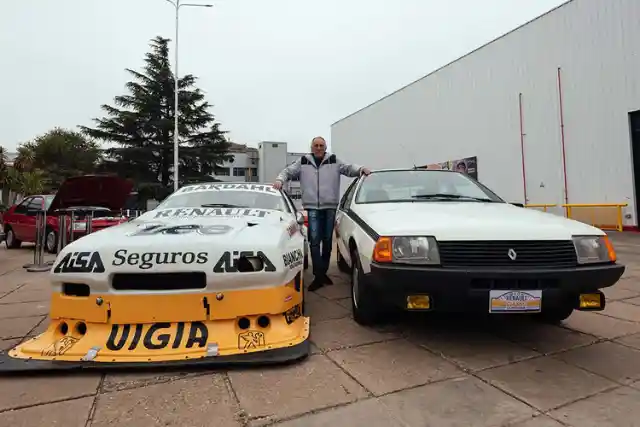
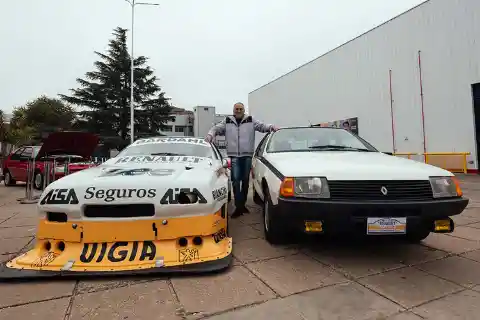
The Renault Fuego is a French hatchback marketed and manufactured by Renault from 1980-1986. Marketed for six short years, the Fuego was the first car to sport a remote keyless system with central locking.
This locking feature was the only thing Fuego had going for it. Despite the fact that this was intended to be a “racing car”, it ended up looking like something you might pile the kids in and go for ice cream on a lazy Sunday drive.
Gemballa Avalanche


The Gemballa Avalanche was intended to follow closely in Porsche’s footsteps, offering commoners a peek at the luxury and style that a sports car could afford them. Not quite as sporty as its high-octane cousin, there were many other deficiencies that pointed to cancellation.
Notoriously hard to work on, Gemballa’s demanded specific parts that could not be interchanged with other car manufacturers. Repair and replacement of both interior and exterior features were extremely expensive, leading many of these vehicles to be abandoned.
Subaru XT

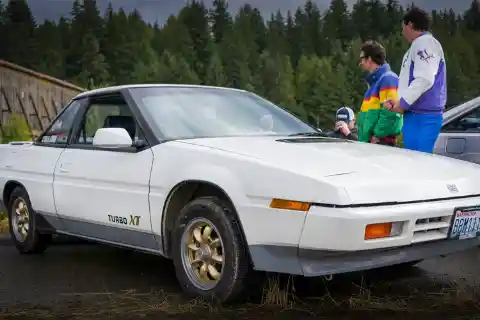
Rather than focusing on one singular model that checked every box for design and efficiency, Subaru designers in the eighties seemed very scattered in both form and function, preferring to throw any old car into the market.
The Subaru XT was odd-shaped, weird looking, and uninteresting to drive. Despite its sleek appearance, it couldn’t offer much in the way of power or speed. This oddity is better left to collectors who can shine it up and boast about its eccentricities.
Lancia Prisma


The Lancia Prisma came out in 1983 with strong intentions to compete for not only with American sports cars but with European innovations as well. Launched in 1982, the first models went on sale in Italy with disappointing results.
Drivers the world over complained about the vehicle being prone to rusting and fading well before it should have. With more money spent on cosmetic maintenance, many owners decided that upkeep just wasn’t worth the additional cost.
Chevrolet Citation
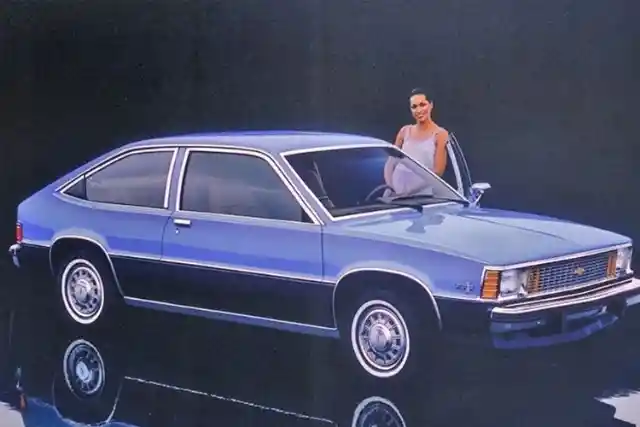

The Chevy Citation is a variation of a compact car produced by Chevrolet and General Motors. The boxy successor to the Nova, it attempted to keep elements of this classic car in its design but ended up looking like every obscure vehicle on the road.
About the only thing going for the Citation is its affordability. Without the design or power to back its market entrance, Chevy found itself with quite a few Citations on its hands when it came time to redesign and recycle.
Zimmer Quicksilver
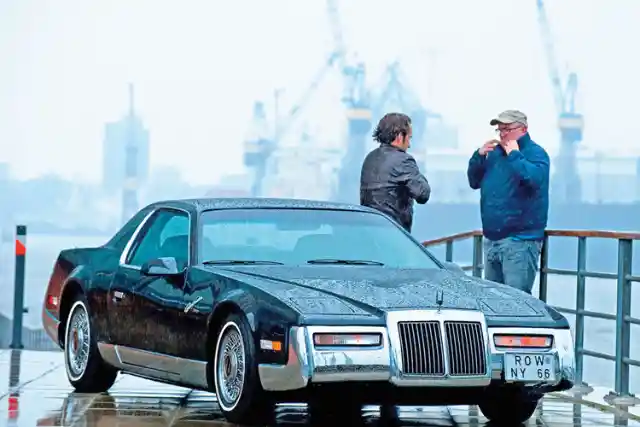
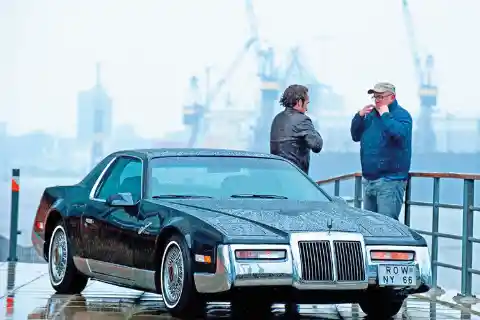
Zimmer Quicksilver is an uber-modified Pontiac Fiero with an upgraded interior. Manufactured between 1984 and 1988, this car should have come with a few more bells and whistles, particularly with the hefty price tag that it sported.
Anything but quick, it was difficult to pack a punch with all of the front-end weight that the Quicksilver carried. Car enthusiasts reported that the car was lacking in imagination and innovation in a highly competitive market.
Creative Car Craft Bugs

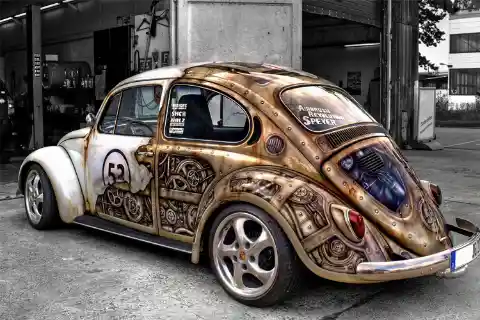
In an age when people sought to express aspects of their personality through fashion and makeup, it should not surprise that many sought to do the same by personalizing their eighties’ rides.
Personalization kits offering everything from custom spoilers to badging and beyond were sold in droves. As buyers applied the finishing touches, many quickly realized that this was not the way to achieve the perfect ride.
Chrysler Executive
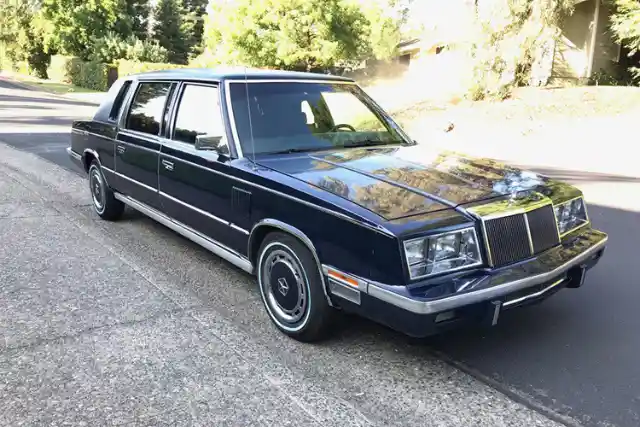
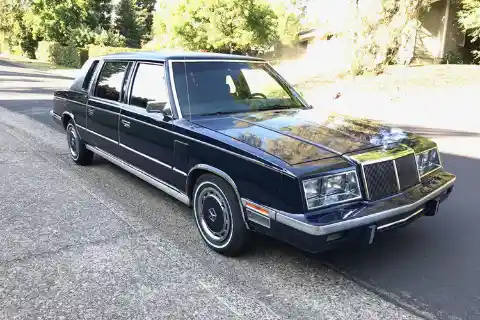
The Chrysler Executive was first marketed as a longer LeBaron, designed for the elite who could afford the extra few feet of luxury. This rectangular box was poorly designed and even less fuel-efficient, leading ultimately to a stain on the company’s reputation.
With only 1000 models selling in the first year of production, Chrysler executives saw the writing on the wall. The car was quickly replaced with newer models that you couldn’t see coming from six city blocks away.
Mercury Lynx
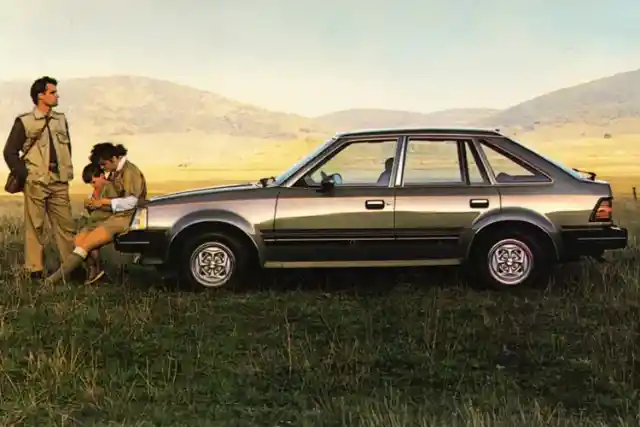
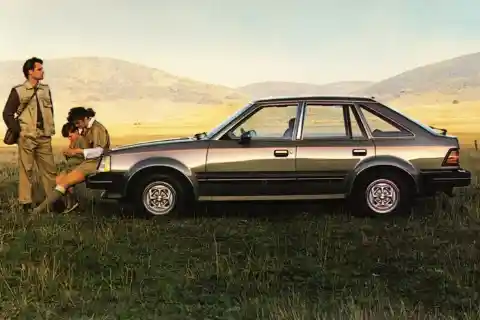
Mercury Lynx was seen by many as a forerunner to the Ford Escort. Its outdated and clunky box shape couldn’t maneuver quickly, and many reported that it was difficult to drive. What a disappointing attempt from a manufacturer that had experienced declining sales for years.
Clearly, the Lynx was not a luxury model, but it was marketed as such, leading many who might have been interested to wrinkle up their noses at a price tag that didn’t match vehicle attributes. The model went into hiding shortly after it was released.
Pontiac Phoenix
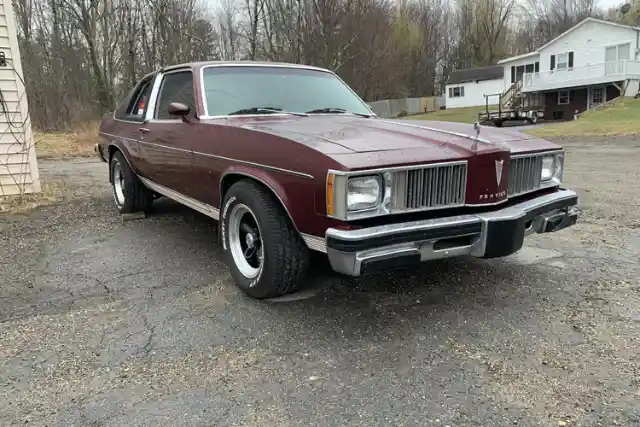
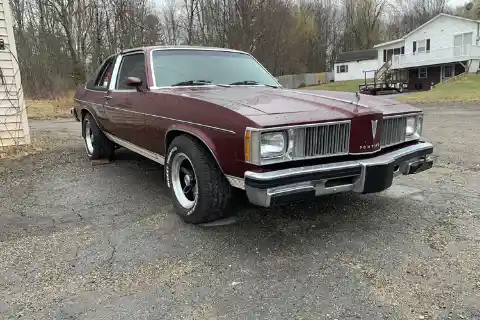
The Pontiac Phoenix is said to be one of the cars that represented the beginning of the end for Pontiac. Sold from 1977-1984, both generations of the Phoenix could not claim rebirth after several tries at a redesign.
A disappointing cross between sports car and sedan, this vehicle crashed and burned from the first year of release. With low sales, low confidence, and sad performance stats, this bird has officially flown the coop.
Renault Alliance
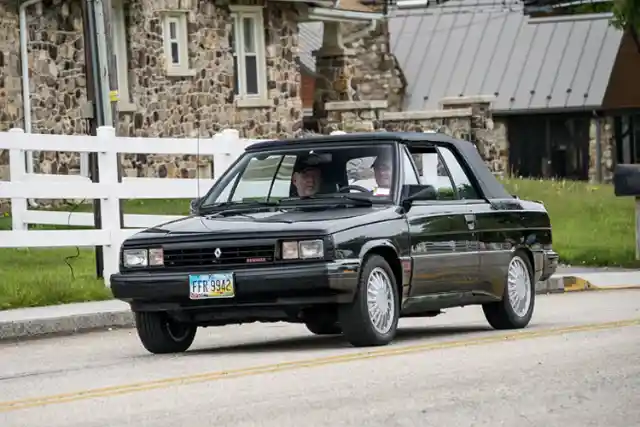
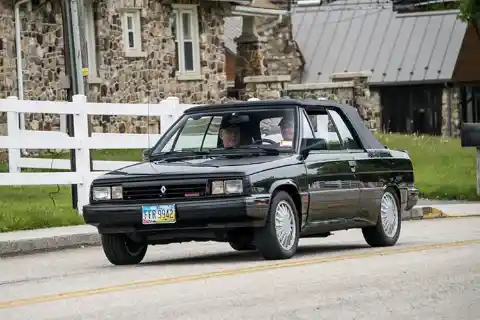
This front-wheel drive subcompact car was a last-ditch attempt to bring Renault back from the brink of bankruptcy. The Alliance proved to be too much of a liability for the company, and they couldn’t justify sales any longer.
Renault Alliance was patterned after other European imports but ended up being nothing more than a tired Chrysler in fancy French clothing. The austere name didn’t appease the public, and sales plummeted soon after its release.
Sbarro Rolls-Royce Camargue
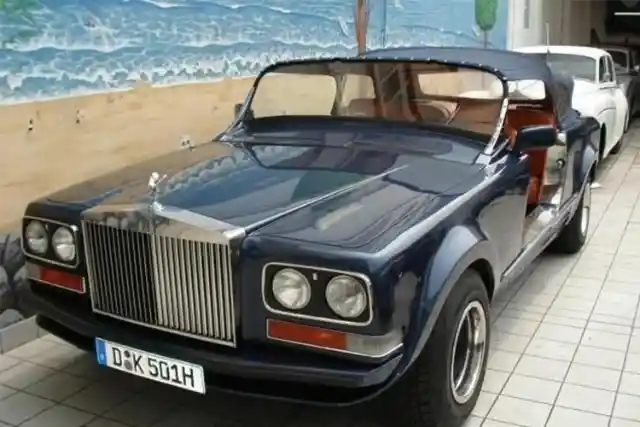
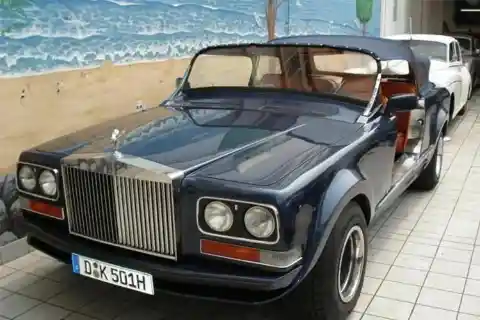
Sbarro attempted to improve on something that should have been left alone. This Rolls Royce Camargue was stylish and luxurious at one point, but its redesign resulted in the loss of many of its distinguishing features.
From interior to exterior, this car’s “facelift” was a dismal flop. Replacing many of Rolls’s best features with substandard fare created an ordinary car with a price tag that was much too high for many to justify.
Alfa Romeo Milano

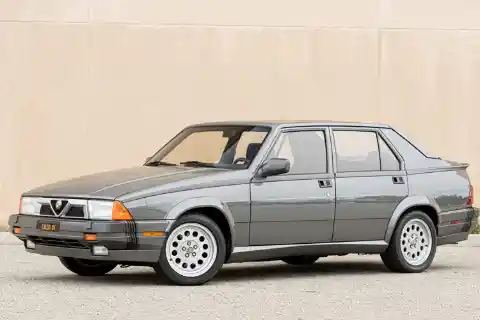
The Alfa Romeo Milano was marketed as a compact executive car produced by Alfa Romeo for seven short years. While initial sales showed promise, drivers quickly realized that this model was more of a liability than an asset.
Not only did the many design deficiencies cause it to break down quite frequently, the Milano had a tendency to rust out much faster than other comparable cars. Despite its name and reputation, it had to be shelved.
Lotus Elan
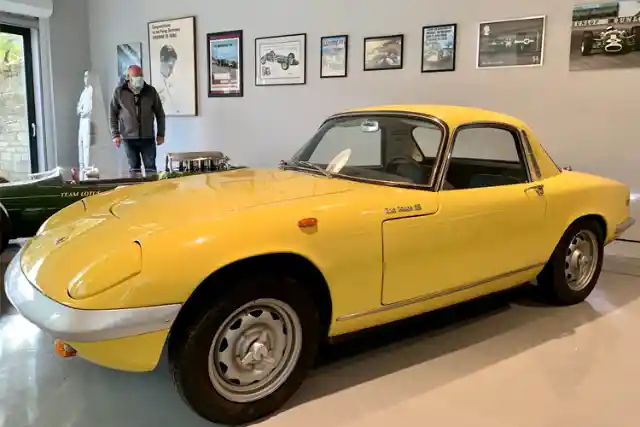
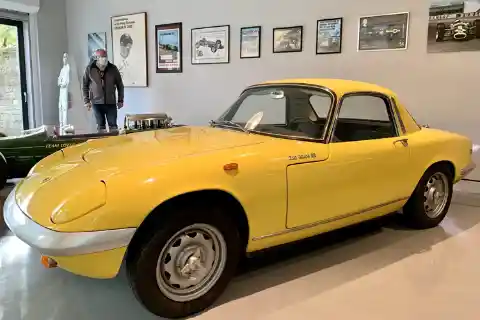
Lotus Elan is the embarrassment of the Lotus car brand. Despite its sportscar-like appearance, it has very little else to boast about when compared to Lotus models that have come after it. Designed first as a competitor to American sports cars, several deficiencies caused it to crash and burn.
At the time of the Elan release, Chevrolet, Pontiac, and others were tearing up the market and gaining a solid footing in the sports car world. Lotus tried to place a hefty price tag on something resembling a Mitsubishi Eclipse, and buyers weren’t having it.
Glenfrome Facet
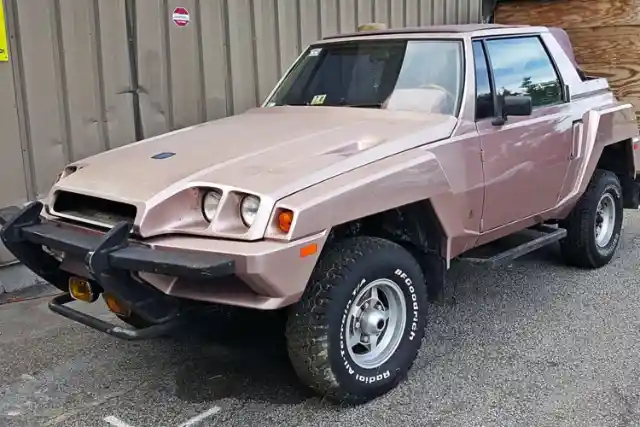

What is this car that we can’t seem to tear our eyes away from? This can be accurately referred to as an “odd” mobile, as there isn’t another car on the road today or in decades past that looks quite like this one.
With the body of a Range Rover, some minor adjustments, and a squeaky new name, the Facet was determined by many as a project that collaborators tried too hard to differentiate. As you can imagine, it fizzled out as quickly as it entered the market.
Austin Montego
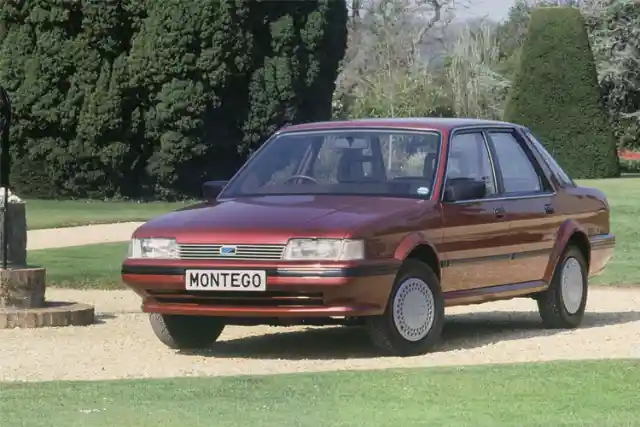
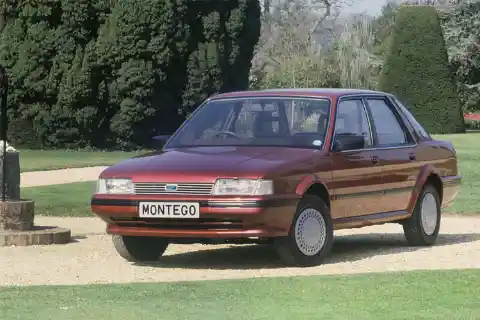
Austin Montego is a car that was sent across the pond in hopes that American audiences would take to it like British drivers. Launched in 1984, it was a follow-up to the roomier Estate, with four-door comfort and promises of an exhilarating drive.
Although the Montego enjoyed moderate success in both Britain and America, it didn’t take to both markets as creators had hoped. It headed out to pasture along with the myriad of cars sporting similar designs.
Delorean DMC 12
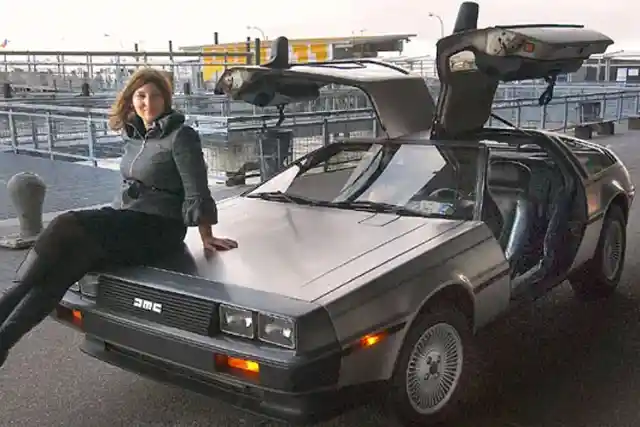

Best known for its role in the hit film series, Back To The Future, the Delorean DMC 12 inspired impulsive young drivers to snatch up a few upon film release. Buyers were sorely disappointed to learn that the car couldn’t run between dimensions.
Very few that purchased Deloreans in this age reached 88 miles per hour. The car was slow, and its futuristic appearance may have initially appealed to some, but buyers quickly lost interest in its odd design features.
Sterling 800 Series
The Sterling 800 Series was yet another European shipped over to the United States in hopes of boosting sales and gaining international recognition. The enormous costs of shipping and transport did nothing to balance the books back in Britain, however.
Belonging to parent company Rover, Sterling was just one in a long line of poor design choices that caused the company to struggle financially. They were too busy with putting out fires to worry about the failure they’d shipped to us.
Rover 200-Series


Rover had some success with the Rover 200-Series, and the promise of potential caused many buyers to line up as the new model rolled out of manufacturing. Patterned after the Honda Civic, it was thought that a similar design would appeal to American buyers.
Marketed as a luxury car, it quickly revealed its true nature, leaving many drivers in the dust. Not only was the 200-Series expensive, but it also failed to perform as intended. The Rover 200 was known to break down, even when brand new, and leave drivers stuck in the dust.
Suzuki Samurai


The Suzuki Samurai was the first four-wheel Suzuki that was sold in the U.S., but design concepts began nearly 20 years before it traveled across the Pacific. Perhaps the name “Samurai” should have been considered more thoughtfully, as it doesn’t seem to fit product attributes.
Moving slower than a Samurai should, the vehicle reached 60 mph in a painful 16.9 seconds. Marketed as an SUV, drivers who tried to take advantage of off-road fun often found themselves flipped over. With these glaring deficiencies quite evident, Suzuki had no choice but to pull the plug.
Sbarro Mercedes 500 Portes Papillon

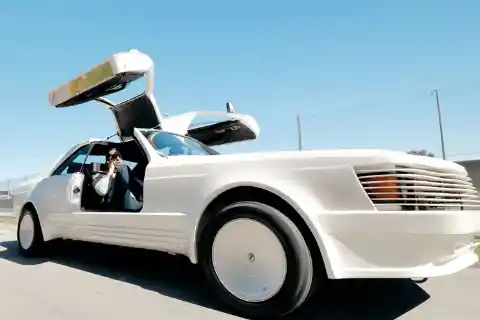
Created by Swiss manufacturer Sbarro, the Mercedes 500 Portes Papillon was a valiant attempt at refining a car that already had a solid market footing. Sbarro was famous for taking existing models and making unnecessary, costly improvements.
With expensive upgrades to the interior and exterior, very little attention was given to upgrading performance when redesigning the car. Sbarro should stick to what they know best, which is dominating shopping mall cuisine options.
Triumph Acclaim
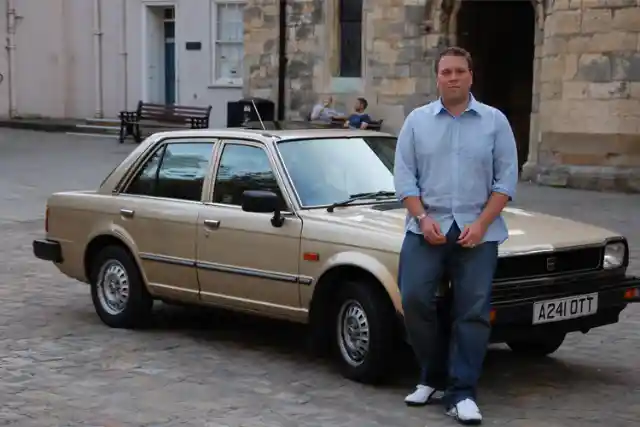

Triumph had been up and running for nearly 100 years before experiencing a rough patch in the 70s and 80s. Their Triumph Acclaim was an attempt at a comeback and a way to bring the company back from financial ruin.
Known well for its wedge-shaped design, the Acclaim might have been different from its predecessors, but it was not distinctive enough to make record sales. Being nothing more than a rebranded Honda, it didn’t hit the much-needed mark of sales or popularity.
Pontiac Fiero
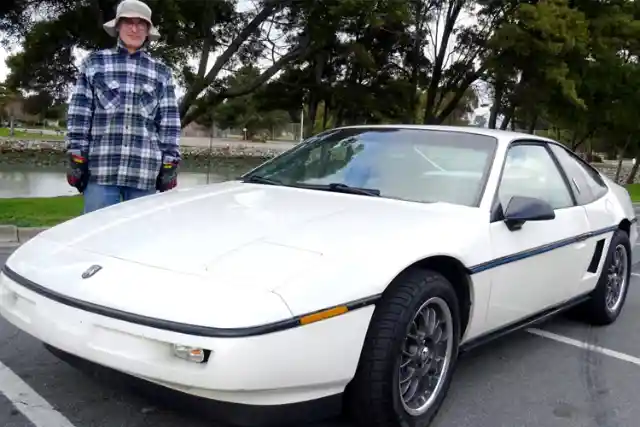
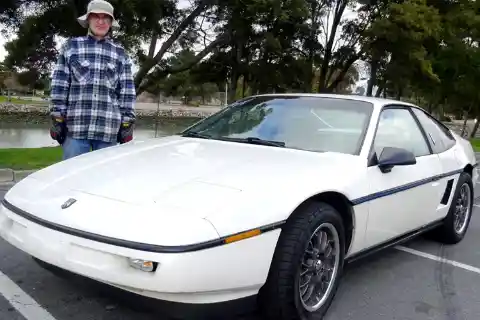
While Pontiac’s style and design collaborators left us with attractive options, the Fiero was by far the worst of the bunch. Aptly named “Fiero”, it was quite ironic that design flaws caused many of these models to go up in flames.
Word quickly spread that the Fiero had this near-fatal design flaw, and even the most staunch Pontiac supporters could not look past the danger that this car presented. Despite the fact that the company fixed the discrepancy, sales plummeted.
Cadillac Cimarron
The Cadillac Cimarron was the original small compact luxury offered by the company. Known for their larger luxury models, Cadillac wanted to create a vehicle that would compete in the small compact genre.
Unfortunately, the Cimarron missed the boat when it came to keeping up with larger luxury models with more bells and whistles. Cadillac fortunately took it as a learning lesson and used the failure as a springboard to creating better automobiles.